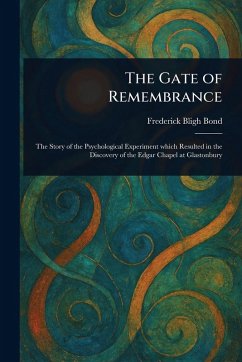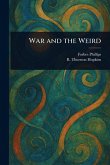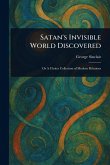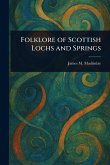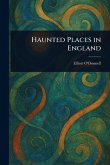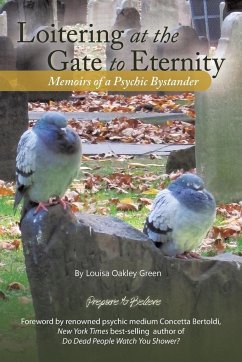Uncover the fascinating story behind an extraordinary archaeological discovery in Frederick Bligh Bond's "The Gate of Remembrance." This captivating account details a groundbreaking psychological experiment at Glastonbury that led to the unearthing of the Edgar Chapel. Delve into the world of psychic research and spiritualism as Bond meticulously documents the methods and findings of his investigation. Explore the intersection of parapsychology and archaeology in this compelling case study. Journey back in time to witness the unfolding of unexplained phenomena and the application of psychic abilities in historical research. "The Gate of Remembrance" offers a unique perspective on the past, inviting readers to consider the possibilities beyond conventional understanding. A timeless exploration of the mysteries that lie between the seen and unseen, this book remains a pivotal work for anyone interested in the history of psychic phenomena and its potential application to unlocking the secrets of the ancient world. This work has been selected by scholars as being culturally important, and is part of the knowledge base of civilization as we know it. This work is in the public domain in the United States of America, and possibly other nations. Within the United States, you may freely copy and distribute this work, as no entity (individual or corporate) has a copyright on the body of the work. Scholars believe, and we concur, that this work is important enough to be preserved, reproduced, and made generally available to the public. We appreciate your support of the preservation process, and thank you for being an important part of keeping this knowledge alive and relevant.
Bitte wählen Sie Ihr Anliegen aus.
Rechnungen
Retourenschein anfordern
Bestellstatus
Storno

